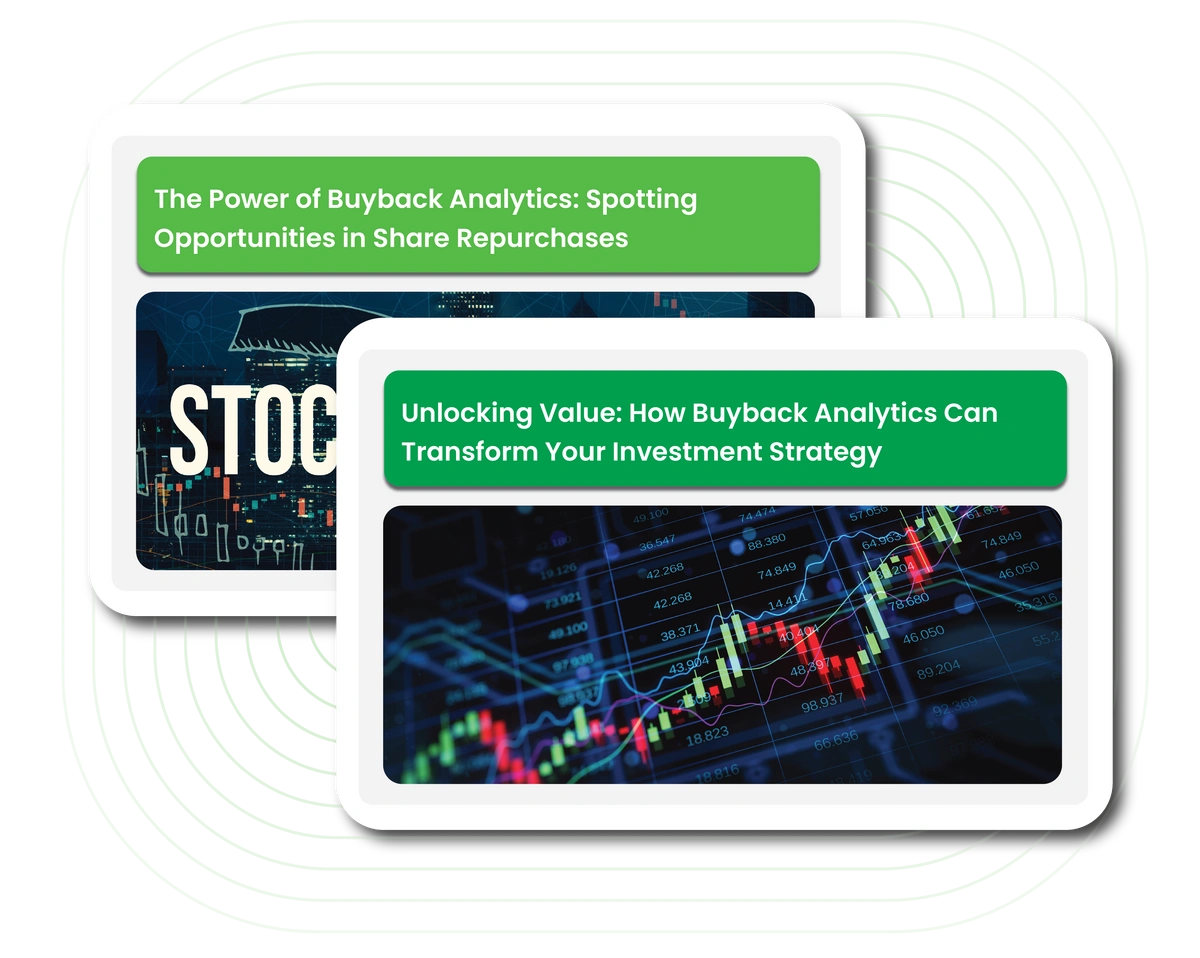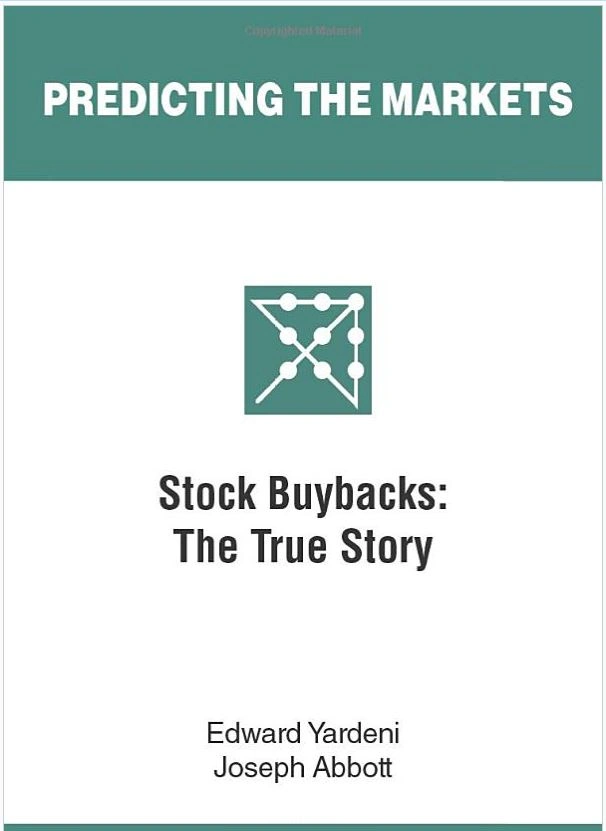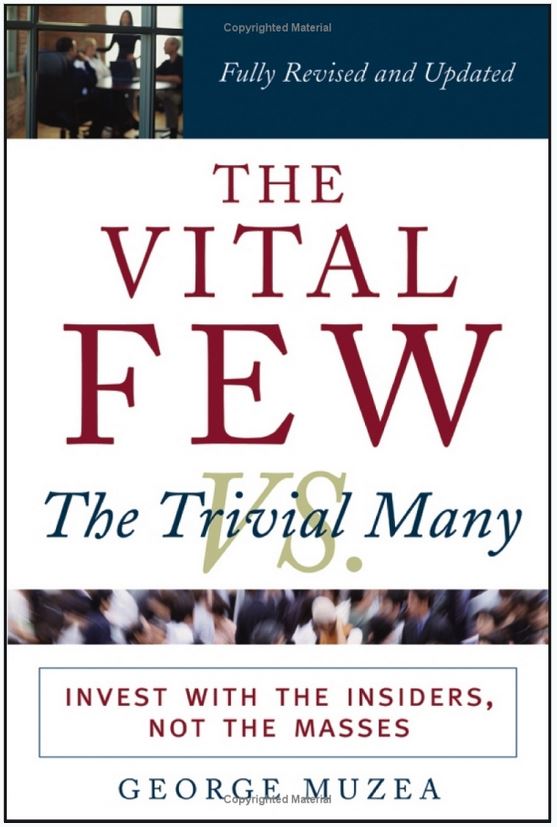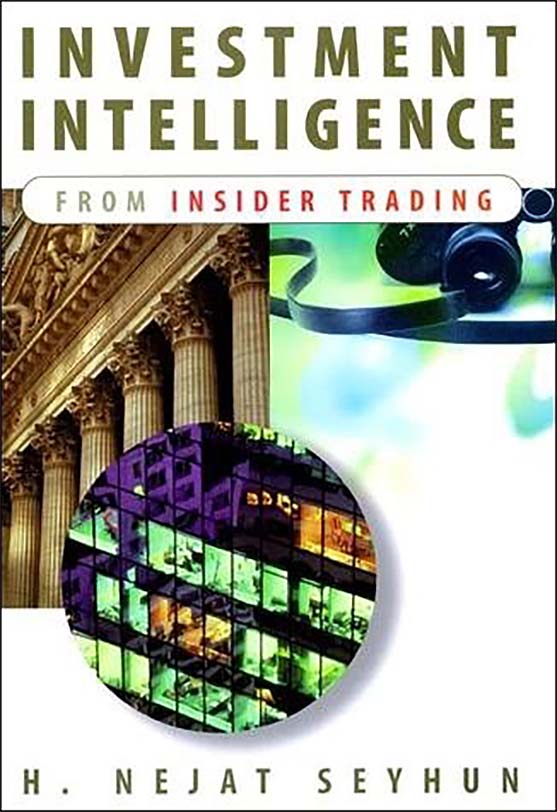Books & Videos
Learn from the Best—Then Track What Matters
Stock buybacks are one of the most misunderstood—and most powerful—signals in the market. Even Warren Buffett has praised them when used wisely, calling them a smart way for companies to return value to shareholders. His take? When insiders are buying back shares, they’re showing confidence in the future. And that’s exactly the kind of signal smart investors should pay attention to.
We’ve curated three essential reads that break down the power, purpose, and controversy behind stock buybacks and insider activity:
-
Investment Intelligence from Insider Trading – A data-backed deep dive into how insider transactions predict stock performance
-
The Vital Few vs. The Trivial Many – A behavioral investing classic that teaches you how to filter out market noise
-
Stock Buybacks: “The True Story” – A provocative look at how buybacks shape corporate priorities, for better or worse
These books give you timeless insight. But if you want real-time application, that’s where BuyBack Analytics comes in.
We track stock buybacks and insider buying across the U.S. and deliver alerts, trends, and analysis to help you act on data—not hype.
Create your free account today to see which companies are buying back shares and how that could affect your next move.
However, just following Buyback announcements is not
the best way to see investment gains related to buybacks.
Frequently Asked Questions
Why should investors read books about stock buybacks?
Books on stock buybacks help investors understand corporate behavior, capital allocation strategies, and insider sentiment that can influence stock prices.
What’s the difference between stock buybacks and dividends?
Buybacks reduce share count and can boost earnings per share, while dividends return cash directly to shareholders. Both reflect how companies return value to investors.
Are insider trading and insider buying the same thing?
No—insider buying is legal and often signals confidence from executives. Insider trading refers to illegal trades made using non-public information.
How can reading books improve your investment strategy?
Books offer deep insights into market behavior, valuation strategies, and investor psychology—making them essential tools for long-term success.
What are the best investing books for beginners?
Books that explain core concepts like compounding, risk, diversification, and business analysis are best for those just starting out in the market.
Can you legally use insider activity to guide investment decisions?
Yes—SEC-filed insider transactions (like Form 4 filings) are public and legal to analyze. Many institutional investors use this data to inform trades.
Why follow stock buybacks when investing?
Buybacks often indicate that a company believes its shares are undervalued. They can reflect strong fundamentals, excess cash, or confidence from leadership.
What kind of investor benefits from reading about insider activity?
Value investors, swing traders, and anyone watching executive behavior or capital allocation trends will benefit from insider-related reading.
What is Investment Intelligence from Insider Trading about?
This book by H. Nejat Seyhun shows how analyzing insider trades using real data can uncover valuable market signals and improve investment decisions.
Who should read Investment Intelligence from Insider Trading?
It’s perfect for investors who want to leverage data-driven insights and learn how to interpret SEC insider filings.
What is The Vital Few vs. The Trivial Many about?
George Muzea’s book teaches investors how to filter out market noise and follow the decisions of corporate insiders—the 'vital few' who matter.
Why is The Vital Few vs. The Trivial Many recommended for investors?
It emphasizes behavioral investing and offers a practical framework for using insider actions to guide smarter market moves.
What is Stock Buybacks: “The True Story” about?
Written by William Lazonick, this book critiques how share repurchases have reshaped corporate America—often prioritizing shareholder payouts over long-term investment and innovation. It's a must-read for anyone who wants to understand the bigger economic picture behind buybacks.

Videos
Books

Several Progressive politicians have pounced on corporate share buybacks lately. They see buybacks as a major source of income and wealth inequality, subpar capital spending, and lackluster productivity. In their opinion, buybacks have contributed greatly to the stagnation of the standards of living of most Americans in recent years. So they want to limit buybacks or even ban them. Some of Wall Street’s stock-market bears have been growling about buybacks as well. They’ve been arguing that buybacks have rigged the stock market in favor of the bulls. They claim that companies buy back their stock to boost their share prices, using debt to finance this dubious activity. As a result, corporate balance sheets have become increasingly leveraged, which makes them vulnerable to a recession. Widespread corporate leverage, in turn, would exacerbate any economic downturn. The bears therefore remain bearish and expect to be vindicated with a vengeance, eventually. In this study, Edward Yardeni and Joseph Abbott show that the facts don’t support either narrative.
The most common reason that S&P 500 companies buy back their shares is to offset the dilution in the number of shares outstanding that results when employee compensation takes the form of stock options and stock grants that vest over time, not just for top executives but for many employees. In effect, the ultimate source of funds for most stock buybacks is the employee compensation expense item on corporate income statements, not bond issuance as the bears contend.
The authors explain that the bull market in stocks has boosted buybacks to a greater extent than buybacks have boosted the market, whereas the opposite is more widely believed. Rising stock prices increase the attractiveness of paying some of employees’ compensation with stock grants. Buybacks then are necessary to offset the dilution of earnings per share. While the latest bull market, like previous ones, has been driven by rising earnings, it’s a Wall Street legend that earnings per share have been boosted artificially and significantly by stock buybacks. It may seem that way only because what lift buybacks have provided to stock prices is highly visible, occurring in the open market, whereas companies’ need to offset stock issuance with stock repurchases is less apparent.
The authors also refute Progressives’ pervasive narrative that most Americans’ standards of living have stagnated in recent decades and that buybacks per se have worsened income inequality.

Filled with in-depth insight and expert advice, The Vital Few vs. The Trivial Many will open your eyes to a new way of looking at the investment world, especially the stock market. You’ll discover how to look past media hype to discern what the Vital Few or corporate insiders―those who know their companies best―are doing. By explaining which information is accurate and valuable, as opposed to that which is misleading and financially hazardous, investment professional George Muzea will show you how to successfully and intelligently evaluate the stock market and find valuable gems that have yet to be discovered by the masses.
View On Amazon
The term insider trading refers to the stock transactions of the officers, directors, and large shareholders of a firm. Many investors believe that corporate insiders, informed about their firms’ prospects, buy and sell their own firm’s stock at favorable times, reaping significant profits. Given the extra costs and risks of an active trading strategy, the key question for stock market investors is whether the publicly available insider-trading information can help them to outperform a simple passive index fund.
Basing his insights on an exhaustive data set that captures information on all reported insider trading in all publicly held firms over the past twenty-one years―over one million transactions!―H. Nejat Seyhun shows how investors can use insider information to their advantage. He documents the magnitude and duration of the stock price movements following insider trading, determinants of insiders’ profits, and the risks associated with imitating insider trading. He looks at the likely performance of individual firms and of the overall stock market, and compares the value of what one can learn from insider trading with commonly used measures of value such as price-earnings ratio, book-to-market ratio, and dividend yield.
View On Amazon
Several Progressive politicians have pounced on corporate share buybacks lately. They see buybacks as a major source of income and wealth inequality, subpar capital spending, and lackluster productivity. In their opinion, buybacks have contributed greatly to the stagnation of the standards of living of most Americans in recent years. So they want to limit buybacks or even ban them. Some of Wall Street’s stock-market bears have been growling about buybacks as well. They’ve been arguing that buybacks have rigged the stock market in favor of the bulls. They claim that companies buy back their stock to boost their share prices, using debt to finance this dubious activity. As a result, corporate balance sheets have become increasingly leveraged, which makes them vulnerable to a recession. Widespread corporate leverage, in turn, would exacerbate any economic downturn. The bears therefore remain bearish and expect to be vindicated with a vengeance, eventually. In this study, Edward Yardeni and Joseph Abbott show that the facts don’t support either narrative.
The most common reason that S&P 500 companies buy back their shares is to offset the dilution in the number of shares outstanding that results when employee compensation takes the form of stock options and stock grants that vest over time, not just for top executives but for many employees. In effect, the ultimate source of funds for most stock buybacks is the employee compensation expense item on corporate income statements, not bond issuance as the bears contend.
The authors explain that the bull market in stocks has boosted buybacks to a greater extent than buybacks have boosted the market, whereas the opposite is more widely believed. Rising stock prices increase the attractiveness of paying some of employees’ compensation with stock grants. Buybacks then are necessary to offset the dilution of earnings per share. While the latest bull market, like previous ones, has been driven by rising earnings, it’s a Wall Street legend that earnings per share have been boosted artificially and significantly by stock buybacks. It may seem that way only because what lift buybacks have provided to stock prices is highly visible, occurring in the open market, whereas companies’ need to offset stock issuance with stock repurchases is less apparent.
The authors also refute Progressives’ pervasive narrative that most Americans’ standards of living have stagnated in recent decades and that buybacks per se have worsened income inequality.

Filled with in-depth insight and expert advice, The Vital Few vs. The Trivial Many will open your eyes to a new way of looking at the investment world, especially the stock market. You’ll discover how to look past media hype to discern what the Vital Few or corporate insiders―those who know their companies best―are doing. By explaining which information is accurate and valuable, as opposed to that which is misleading and financially hazardous, investment professional George Muzea will show you how to successfully and intelligently evaluate the stock market and find valuable gems that have yet to be discovered by the masses.
View On Amazon